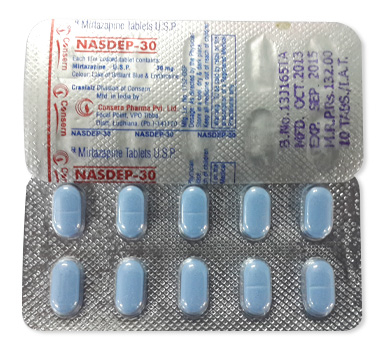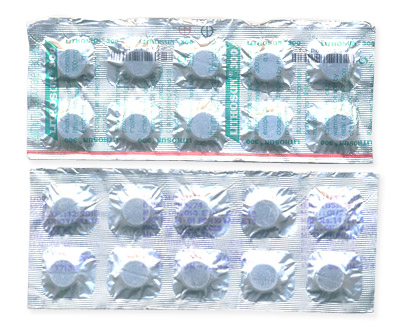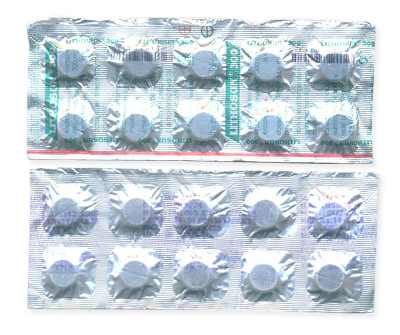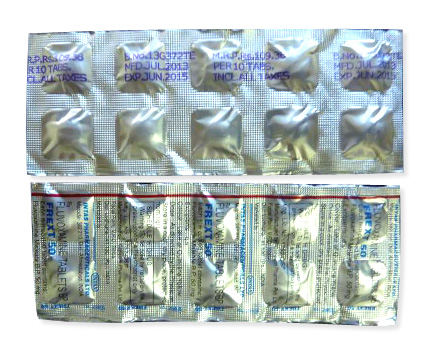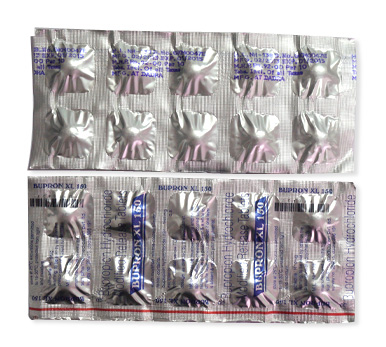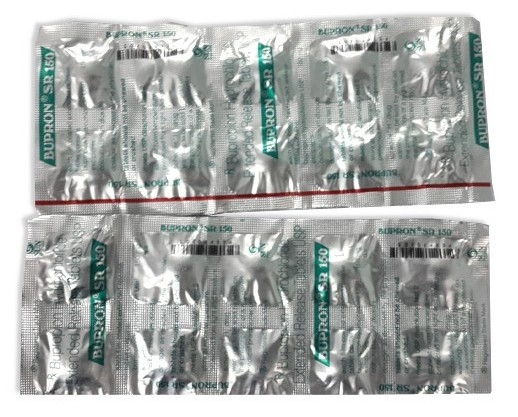Citalopram
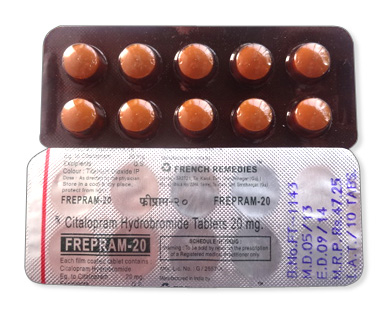
Citalopram
Basic Information About Citalopram
| International Name | Citalopram (INN) |
|---|---|
| UK Brand Names | Cipramil, generic Citalopram (various manufacturers) |
| ATC Code | N06AB04 |
| Available Forms | 10/20/40 mg tablets, film-coated tablets, oral drops (10/20 mg/mL) |
| UK Manufacturers | Teva, Sandoz, Zentiva, Accord Healthcare |
| Prescription Status | Rx-only (not available OTC) |
Citalopram belongs to the SSRI class of antidepressants and has been prescribed in the UK since the early 1990s. Available under brand names like Cipramil or as generic versions, all formulations require prescription through NHS or private healthcare providers. The medicine comes primarily in tablet form with distinctive circular or oval shapes marked with dosage information - 10mg tablets typically white or off-white, 20mg yellow to light yellow, and 40mg pink. Though less common, oral drop formulations exist for patients needing dosage flexibility or with swallowing difficulties.
How Citalopram Works in Your Body
Citalopram increases serotonin levels by blocking its reabsorption in brain synapses. This neurotransmitter influences mood regulation, sleep patterns, and emotional processing. After swallowing, citalopram takes approximately 4 hours to reach peak concentration and may require 1-4 weeks to show noticeable mood improvements. The body processes it through liver enzymes (CYP3A4 and CYP2C19) before elimination, with effects lasting about 35 hours per dose. Unlike some older antidepressants, citalopram has minimal impact on other neurotransmitters like dopamine or norepinephrine.
Important interactions requiring professional consultation:
- Monoamine oxidase inhibitors (MAOIs) - potentially fatal serotonin syndrome risk
- Blood thinners like warfarin - increased bleeding risk
- Alcohol - heightened sedation and impaired coordination
- Antiarrhythmic drugs - possible QT interval prolongation
Approved Uses of Citalopram
| Condition | Approval Status | Typical Dosage Range |
|---|---|---|
| Major Depressive Disorder (MDD) | EMA/FDA/UK Approved | 20-40mg daily |
| Obsessive Compulsive Disorder (OCD) | EMA/FDA/UK Approved | 20-60mg daily |
| Panic Disorder | EMA/FDA/UK Approved | 10-40mg daily |
| Social Phobia | UK Off-label Use | 20-40mg daily |
| PTSD | UK Off-label Use | 20-40mg daily |
NICE guidelines recommend citalopram as a treatment option for moderate-to-severe depression, often combined with talking therapies. Emerging evidence suggests potential benefits for certain anxiety conditions when first-line treatments prove ineffective. However, specialists exercise caution in prescribing for adolescents under 18 due to heightened suicide risk concerns. Pregnancy requires rigorous risk-benefit evaluation given possible neonatal complications, particularly in third-trimester use. Those with bipolar depression require careful mood monitoring due to potential manic episode triggers.
Recommended Dosage Guidelines
| Patient Group | Starting Dose | Maximum Dose | Special Considerations |
|---|---|---|---|
| Adults (MDD treatment) | 20mg daily | 40mg daily | Reduce if weight below 70kg |
| Elderly (65+) | 10mg daily | 20mg daily | Enhanced heart rhythm monitoring |
| Liver Impairment | 10mg daily | 20mg daily | Maximum 20mg regardless of severity |
| Severe Kidney Disease | 10mg daily | 20mg daily | Limited evidence - monitor closely |
Treatment duration varies significantly - depression cases typically require maintaining medication for 6 months after symptom remission. Sudden discontinuation often triggers withdrawal symptoms like dizziness or electric shock sensations. Specialist guidance recommends gradual tapering protocols over several weeks when stopping treatment. Dosage frequency remains straightforward: most patients take their full dose once daily regardless of meal timing. Consistency matters - bloodstream concentrations remain steadiest when doses occur at approximately 24-hour intervals.
Taking and Storing Citalopram Properly
Administer citalopram orally with water - splitting or crushing tablets isn't recommended unless directly advised by your GP. Develop medication-taking routines like pairing doses with morning tea or bedtime routines. If you forget a dose:
- Take immediately upon remembering
- If nearing next scheduled dose, skip the missed dose
- Never compensate with double dosing
Proper storage preserves stability: - Keep tablets in original blister packaging - Store below 25°C away from moisture - Avoid bathroom medicine cabinets due to humidity - Oral solutions require refrigeration after opening
Overdose symptoms include severe dizziness, tremors, rapid heart rate and disorientation. Immediate medical attention proves crucial - contact NHS 111 or visit A&E if ingestion exceeds prescribed amounts. Bring medication packaging to help clinicians assess toxicity levels.
Important Precautions and Restrictions
Absolute contraindications: - Allergy to citalopram or SSRI antidepressants - Current MAOI treatment (including linezolid antibiotic) - Congenital long QT syndrome confirmed diagnosis
High-risk situations requiring thorough assessment: - Personal/family history of bipolar disorder - Poorly controlled epilepsy - Recent myocardial infarction - Severe electrolyte imbalances
Regular blood pressure monitoring proves valuable during treatment initiation. Elderly patients on doses exceeding 20mg typically require ECG assessment due to QT-prolongation risks. Those considering pregnancy should consult specialists about potential fetal impacts. Young adults under 25 warrant particular mood monitoring during early treatment phases due to heightened suicide risk concerns. Report immediately any new or worsening depression symptoms to healthcare providers.
Side Effects Profile
Citalopram often causes manageable side effects that typically lessen after the first few weeks. Common reactions include nausea (especially when starting), dry mouth, excessive sweating, and sleep disturbances - either drowsiness or insomnia. Headaches and digestive discomfort like diarrhoea also frequently occur during initial treatment phases.
Less common but serious risks require urgent medical attention:
- Serotonin syndrome: Potentially life-threatening reaction causing agitation, fever and rapid heart rate
- Heart rhythm changes: Particularly notable at higher doses (over 20mg)
- Worsening depression: Includes increased suicidal thoughts, especially in under-25s
To minimise reactions:
- Begin with low doses (10mg) increasing gradually
- Take tablets with food to reduce nausea
- Report persistent or concerning effects to your GP immediately
Patient Experience & Reviews
Many UK users report noticeable improvement in anxiety and depressive symptoms within 3-6 weeks. A Bristol-based patient shared on Drugs.com: "Citalopram gave me my life back after months of panic attacks, though the first fortnight was rough with nausea". Others describe reduced obsessive thoughts and regained ability to manage daily tasks.
Common challenges from patient feedback include:
- Pronounced fatigue in initial weeks
- "Emotional flattening" - reduced intensity of positive feelings
- Weight management difficulties, particularly after 6+ months use
Long-term experiences vary considerably. A Surrey user noted: "After two years, it still prevents my depressive episodes but I need ongoing support managing sexual health impacts". Overall, approximately 60% of UK reviewers stated benefits outweighed side effect burdens when managed collaboratively with healthcare providers.
Alternatives in the UK
Other options exist when citalopram proves unsuitable. NHS typically suggests these alternatives:
| Medication Type | Benefits for UK Patients | Key Differences | Average Monthly NHS Cost |
|---|---|---|---|
| Sertraline (SSRI) | First-line choice for anxiety with depression | Lower cardiac risk profile than citalopram | £1.20 |
| Escitalopram (SSRI) | Faster onset for severe depression | More expensive but commonly preferred | £8.50 |
| Venlafaxine (SNRI) | Effective for treatment-resistant cases | Requires more monitoring; challenging discontinuation | £3.15-£14.30 |
| Mirtazapine | Helps depression with insomnia or weight loss | Sedating; different side effect profile | £1.50 |
Talking therapies and lifestyle changes under Increasing Access to Psychological Therapies (IAPT) programmes remain cornerstone options. Medication selection depends on individual symptoms, health factors and regional NHS policy - GPs weigh both effectiveness and cost ratio within NHS antidepressant spending constraints.
Market Overview in the UK
Citalopram remains widely available across UK pharmacies with prescription. National chains (Boots, Lloyds, Superdrug) and independents consistently stock generic tablets. Liquid formulations occasionally experience supply issues, requiring advance ordering. Over 8 million NHS prescriptions were dispensed last year for citalopram.
Pricing demonstrates significant variations:
- Generic 20mg tablets: £1.50-£3.50 per 28-pack
- Branded versions (Cipramil): £15+ per pack
- Liquid formulation: £12-£22 per 60ml bottle
Packaging primarily uses blister packs for tablets to ensure stability. Withdrawal management remains critical - UK guidelines mandate at least 4-week tapering periods to minimise discontinuation syndrome. Pharmacies like Well Clinics offer dedicated antidepressant tapering programmes.
Research & Developments
Key UK research focuses include the PARADIGM trial examining digital tools for antidepressant adherence. Findings suggest mobile tracking reduces missed doses by 22%. Contemporary safety studies continue investigating links between higher-dose citalopram and QT prolongation, driving the 40mg/day UK maximum.
Recent evidence reviews show:
- Cochrane (2024) analysis reveals moderate advantage over placebo in severe recurring depression
- Mixed results for anxiety disorders compared to newer SSRIs
UK electronic health record analysis has tracked real-world effectiveness since 2019. The Northern Depression Study Group recently reported neonatal withdrawal risk with third-trimester exposure, aligning with updated MHRA guidance. Post-pandemic developments include widespread integration of NHS telemedicine for prescription support, helping patients manage medications remotely.
Frequently Asked Questions About Citalopram
Patients often share concerns about citalopram medication interactions and practical usage.
Alcohol consumption: Avoid alcohol while taking citalopram. Combining them can intensify drowsiness and impair cognitive function.
MAOI interactions: Never combine with MAOIs due to high risk of serotonin syndrome. Allow at least two weeks between stopping MAOIs and starting citalopram.
Weight management: Maintain regular exercise and monitor meals. If experiencing noticeable weight gain, discuss alternative SSRIs like sertraline.
Availability in UK: Oral drops require special ordering through Boots or Lloyds Pharmacy chains.
Vitamin interactions: Herbal supplements like St. John's Wort may reduce citalopram effectiveness. Always declare supplement use to medical professionals.
Guidelines for Proper Citalopram Use
Safety and efficacy require strict adherence to these protocols.
Correct Administration:
Take dosage at consistent times daily. Swallow tablets whole with water.
Critical Avoidances:
- Alcohol
- Unauthorised supplements
- Sudden discontinuation
Essential Storage Measures:
Use childproof containers in cool, dark locations below 25°C. Keep away from humidity.
Medication Management:
Never skip doses. If forgetting occurs, resume next scheduled dose unless instructed otherwise.
Regulatory Protocols:
Review information leaflets before starting treatment. Report side effects through MHRA Yellow Card Scheme. Combine pharmaceutical treatment with psychological therapy according to NICE depression treatment guidelines.
Consistent engagement with pharmacists enhances care coordination.

